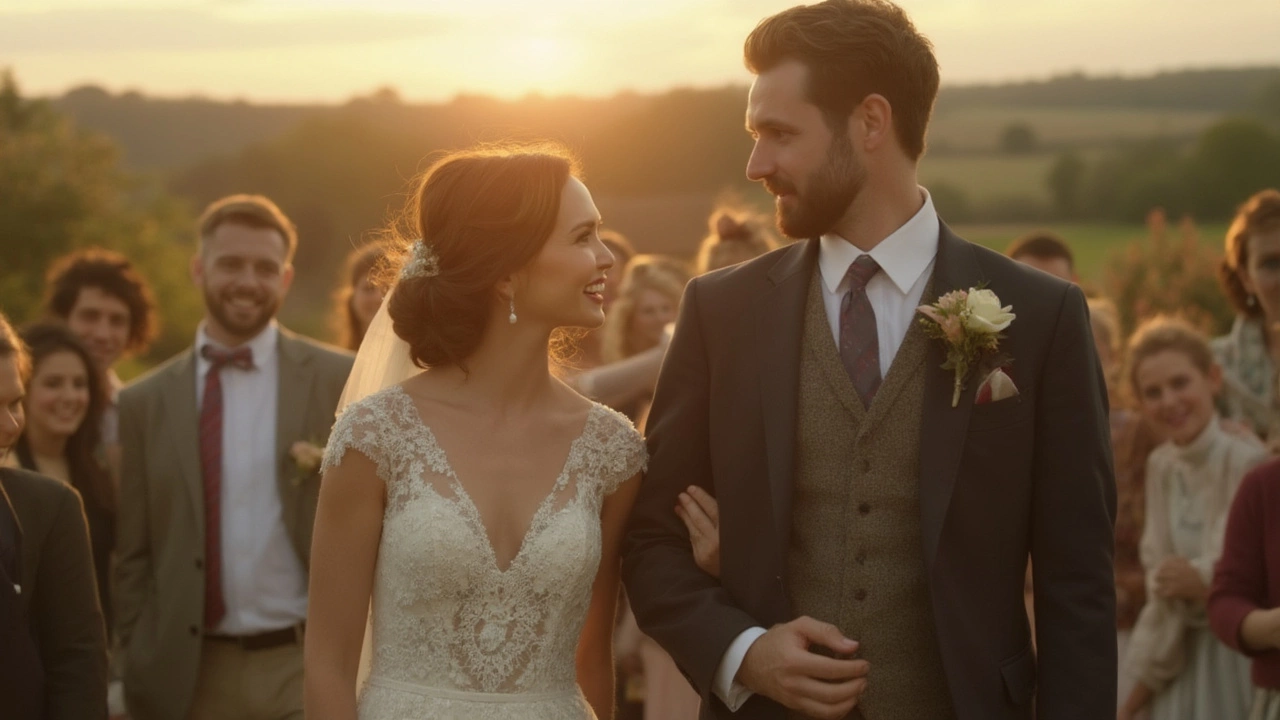Wedding Photo Timeline: Plan Every Shot on Your Big Day
When you’re juggling vows, cake, and first dances, the last thing you want is a missing photo. A solid photo timeline removes the guesswork and makes sure the photographer knows exactly when and where to be. The result? Less stress, smoother flow, and a gallery that tells your whole story.
Why a Photo Timeline Matters
Without a timeline, photographers spend precious minutes hunting for the next scene. That can mean rushed portraits, missed details, or a scramble to fit everything in before the ceremony ends. A clear schedule gives the crew a roadmap, so they can set up lighting, adjust angles, and capture candid moments without interrupting the flow of your day.
It also helps you prioritize. Maybe the heirloom ring deserves a close‑up, or the grandparents’ reaction is a must‑have. Writing those moments down forces you to think about what truly matters, so you end up with photos you’ll actually love.
Step‑by‑Step Timeline Cheat Sheet
1. Start with the ceremony time. Work backward to fit prep, first look, and travel. If the ceremony is at 3 pm, aim for the first look at 1:30 pm, giving you an hour for hair, makeup, and a quick snack.
2. Block out prep slots. Allocate 30‑45 minutes for each major prep: dress on, suit on, makeup, and detail shots (shoes, invitation, rings). This gives the photographer time to snap close‑ups without rushing you.
3. Schedule the first look. This private moment is gold for emotional photos. Keep it 15‑20 minutes and place it right before the ceremony, so emotions are fresh.
4. Add travel buffers. Even if your venue is next door, plan a 10‑minute buffer for moving equipment. If you’re traveling across town, give yourself at least 30 minutes.
5. Plan post‑ceremony portraits. Reserve 45‑60 minutes for family and bridal party shots. Group photos can take longer than you think, especially with kids.
6. Include a “downtime” slot. After the ceremony, there’s usually a short break before the reception. Use this time for cocktail shots, venue details, and candid mingling.
7. Map out reception moments. List the first dance, cake cutting, speeches, and any special traditions. Give each 5‑10 minutes in the schedule so the photographer can be ready.
8. End with a night‑time wrap‑up. If you want evening shots or a sparkler exit, schedule a 15‑minute window after the last song.
Once you have these blocks, share the timeline with your photographer at least a week before the wedding. Ask for their input—pros might suggest shifting a portrait slot to catch the best light.
Remember, a timeline is a guide, not a jail sentence. If the day throws a curveball, stay flexible and trust your photographer’s instincts. The most memorable photos often happen when you’re relaxed and enjoying the moment.
Use the checklist below to double‑check your plan:
- Venue address and contact
- Ceremony start time
- First look location
- Prep start times for hair, makeup, dress, suit
- Family photo order (who goes first)
- Reception key moments with approximate durations
- Backup plan for rain or delays
Print the timeline, give a copy to the photographer, the wedding planner, and the best man or maid of honor. When everyone knows the schedule, the day flows smoother, and your photo album will read like a story—exactly how you want to remember it.
Is 10 Hours Enough for Wedding Photography? A Complete Guide
Wondering if 10 hours is enough for wedding photography? Get detailed insights and tips on coverage, timeline, and what couples really need.
View More